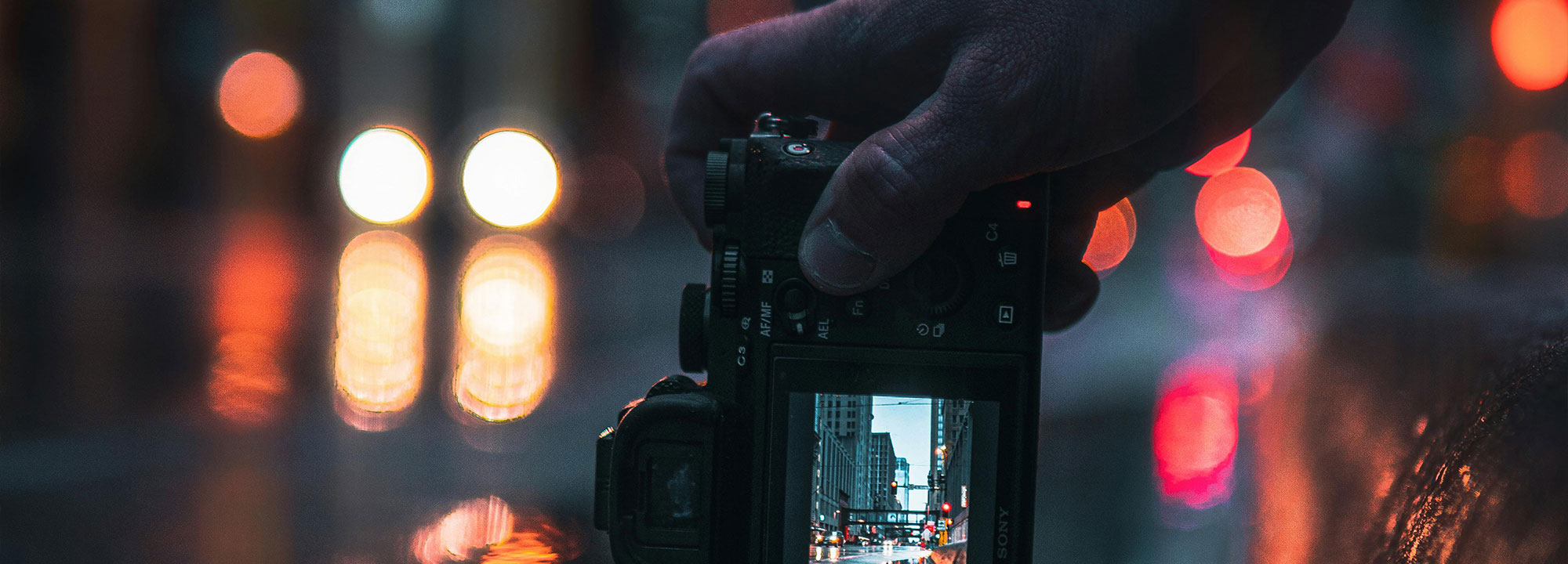
Understanding Copyright-Free, Royalty-Free, Creative Commons, and Fair Use Images
In the digital age, images are widely used for various purposes, from marketing and education to personal projects. However, the legal landscape surrounding the use of images can be complex. To avoid copyright infringement, it’s essential to understand the different types of image licenses, including copyright-free, royalty-free, Creative Commons, and fair use. Each of these terms comes with its own set of rules and usage rights, and knowing the differences between them can help you use images legally and ethically.
Copyright-Free Images
Copyright-free images are often misunderstood. Contrary to what the term might suggest, these images are not entirely free from copyright protection. The correct term for images that are free from copyright is “public domain.” Public domain images have no copyright restrictions because:
- Their copyright has expired (typically after the creator has been deceased for a certain number of years).
- The creator has intentionally waived their copyright, placing the image into the public domain.
- The image is ineligible for copyright protection under current law.
Public domain images can be used without asking permission from the creator and without any need for attribution, though it’s often considered polite to credit the source.
Royalty-Free Images
Royalty-free images are not free of charge, but the term refers to the absence of recurring payments or royalties. When you purchase a royalty-free image, you typically pay a one-time fee for the right to use the image, but you are not required to pay additional fees based on the number of times the image is used, the length of time it is used, or where it is used.
However, royalty-free images still have restrictions:
- The image cannot be resold as your own.
- The license may limit how the image is used (e.g., prohibiting use in logos or on items for resale).
- Some royalty-free licenses are for personal or non-commercial use only, while others allow for commercial usage.
It’s important to read the licensing terms carefully before using royalty-free images.
Creative Commons (CC) Images
Creative Commons is a non-profit organization that offers a variety of copyright licenses, allowing creators to give others permission to use their works under specific conditions. There are different types of Creative Commons licenses, each offering varying degrees of freedom to the user. Some key Creative Commons licenses include:
- CC BY (Attribution): Allows others to use, modify, and distribute the work as long as they credit the original creator.
- CC BY-SA (Attribution-ShareAlike): Users can modify and share the image, but they must distribute their derivative work under the same license.
- CC BY-ND (Attribution-NoDerivatives): The work can be shared but not modified, and credit must be given.
- CC BY-NC (Attribution-NonCommercial): Allows users to use and modify the image for non-commercial purposes, provided they credit the creator.
- CC0: The creator waives all rights, essentially placing the image in the public domain.
One of the advantages of Creative Commons is that it offers flexibility for both creators and users. Users must always check the specific license attached to a Creative Commons image to ensure they are following the terms correctly.
Fair Use Images
Fair use is a legal doctrine that allows limited use of copyrighted material without permission from the copyright holder. It applies to copyrighted images in certain situations, primarily for:
- Educational purposes: Use of images in teaching or for research.
- News reporting: Use of images in journalism, commentary, or criticism.
- Parody or satire: Use of images in a way that mocks or transforms the original work.
Fair use is not a license but a defense against a copyright infringement claim. Courts determine whether the use of an image qualifies as fair use based on four factors:
- Purpose and character of the use: Non-commercial, educational, or transformative uses are more likely to be considered fair use.
- Nature of the copyrighted work: Using factual images (as opposed to highly creative works) may increase the likelihood of fair use.
- Amount and substantiality: Using only a small portion of the image or a non-essential part may be considered fair use.
- Effect on the market: If the use of the image does not harm the original creator’s market or potential sales, it may be considered fair use.
Fair use is a more complex area of copyright law and can vary depending on the jurisdiction. It’s not a guaranteed right, and users should be cautious when claiming fair use.
Conclusion
Understanding the distinctions between copyright-free, royalty-free, Creative Commons, and fair use images is crucial for anyone using images, whether for personal or professional purposes. While copyright-free images are public domain works free of restrictions, royalty-free images require an initial payment but no ongoing fees. Creative Commons licenses provide various levels of freedom depending on the creator’s wishes, while fair use allows limited, unlicensed use of copyrighted images for specific purposes. Always be sure to review the specific licensing terms or seek legal advice if you’re unsure about an image’s usage rights to avoid potential legal issues.
